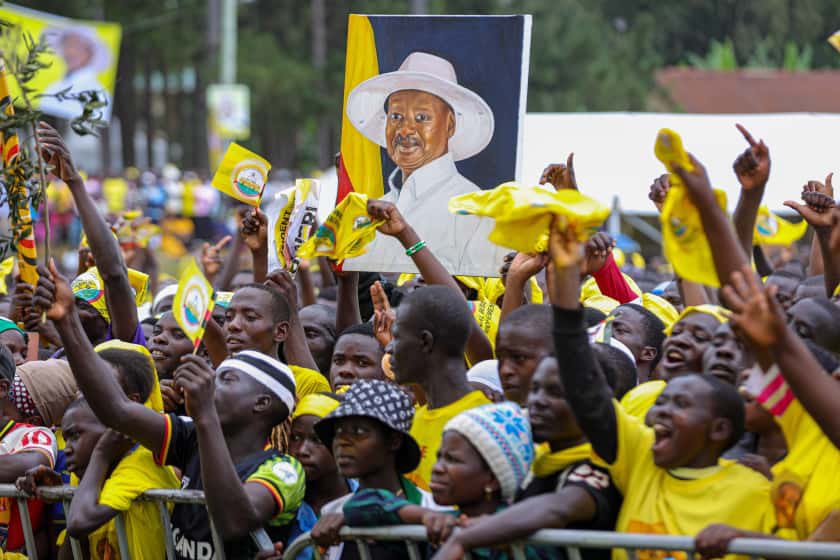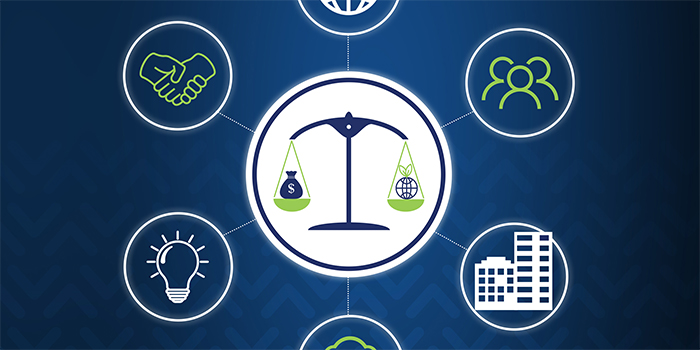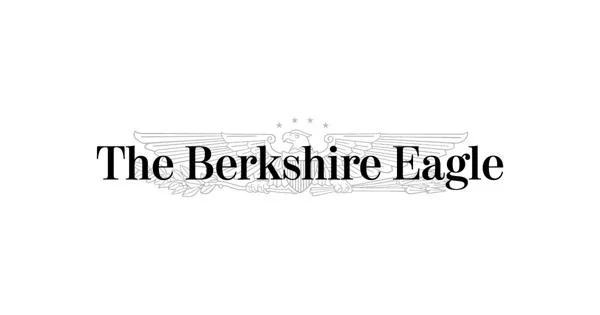By Mike Ssegawa
Copyright watchdoguganda

Mobilizing Buganda: NRM’s 2026-2031 Vision and Grassroots Call to Action**
As Uganda gears up for the 2026 general elections, the National Resistance Movement (NRM), led by President Yoweri Museveni, has launched its 2026-2031 manifesto, *“Protecting the Gains as We Make a Qualitative Leap into Higher Middle-Income Status,”* with a vibrant start on September 29, 2025, at Speke Resort in Munyonyo.
Coupled with a rallying call to NRM leaders to focus on grassroots mobilization, the manifesto outlines a bold roadmap for Uganda’s socio-economic transformation, projecting economic growth to Shs 254.2 trillion ($66.1 billion) by FY 2025/26. This op-ed explores the manifesto’s seven strategic pillars and the urgent directive for NRM candidates and party leaders to stay in their constituencies—villages, parishes, sub-counties, and districts—to secure votes for Museveni and NRM candidates through localized campaigning.
Museveni’s campaign has begun with undeniable momentum, from the manifesto launch in Munyonyo to enthusiastic receptions in Luwero, the NRM’s historical “Mecca” from the 1981-1986 Bush War, and Lango, a key northern region. These events underscore Museveni’s enduring appeal, but the real challenge lies in translating this energy into votes across Uganda’s diverse social and geographic strata.
NRM leaders in Buganda however have a little stone in the show following a poor performance at the last general elections. I therefore urge them to change in their approach in this campaign trail. They should remain in their communities, engaging neighbors, friends, and relatives to promote President Museveni’s manifesto’s vision. Rather than following Museveni’s convoy across the country or attending rallies to profess loyalty, Buganda NRM leaders must ensure their villages and districts understand and embrace the NRM’s agenda.
This grassroots focus is critical in Bganda’s political landscape, where local influence drives electoral success or failure.
The 2026-2031 manifesto, structured around seven pillars—simplified as Museveni’s “ABCDE” framework—builds on past achievements while setting ambitious goals.
**Peace and Security (A)** remains the NRM’s cornerstone, credited to the Uganda People’s Defence Forces and citizens since 1986. The manifesto commits to strengthening internal security, promoting patriotism, Pan-Africanism, and regional integration to safeguard stability against past “turbulent storms” like dictatorships.
**Development and Infrastructure (B)** emphasizes expanding physical and social foundations. Commitments include more roads (with Shs 1.3 billion allocated per district annually for maintenance), diversified electricity (including nuclear), and increased schools, hospitals, and ICT connectivity. However, it stresses pairing infrastructure with wealth creation, learning from 1960s cattle corridor campaigns that boosted household prosperity, to ensure balanced progress.
**Wealth Creation and Job Creation (C)** is the manifesto’s heartbeat, aiming to shift all households from subsistence to commercial economies. Through enhanced Parish Development Model (PDM) and Emyooga programs, the NRM plans to inject cash into parishes, promote the Four-Acre Model for smallholder farmers, and mechanize agriculture. It targets millions of jobs by leveraging agriculture, tourism, minerals, and technology, diversifying exports (e.g., maize, textiles) and fostering entrepreneurship in commercial agriculture, manufacturing, services, and ICT.
**Services (D)** focuses on universal access to education (free government schools with more teachers), healthcare, clean water, and justice delivery. It aims to further reduce poverty (already at 16.1%) and boost life expectancy through homestead-level income strategies.
**ICT (E)** drives a knowledge-based economy, expanding digital infrastructure for education, health, and business, positioning Uganda as a regional ICT hub.
The **Markets** pillar strengthens trade by enhancing access to local, regional, and global markets, leveraging oil, gas, tourism, and agriculture. The shilling’s stability, touted as Africa’s strongest currency, underpins competitiveness. **Strategic Security** ensures resilience against economic and environmental shocks, prioritizing poverty reduction, anti-corruption measures, and police effectiveness.
The call to NRM leaders aligns with the manifesto’s grassroots ethos. Leaders must “wear their boots, fold their sleeves” to educate constituents about the manifesto’s binding commitments—evidence-based targets evaluated through party structures and public engagement. This localized strategy ensures voters grasp Museveni’s “social contract” of patriotism, prosperity, and stability, rooted in proven gains like reduced poverty and infrastructure growth. Leaders failing to persuade their communities risk undermining their value to the NRM’s broader goals.
Challenges persist, however. The campaign’s optimism may overlook voter apathy or opposition strength, particularly in regions with historical grievances. The manifesto, while comprehensive, lacks detailed strategies for countering opposition narratives or addressing governance criticisms. Resource constraints at the grassroots could also hinder mobilization efforts, requiring robust party support to empower local leaders.
In conclusion, the NRM’s 2026-2031 manifesto and the directive for grassroots mobilization form a cohesive strategy to secure Museveni’s re-election and NRM’s dominance. By blending a visionary agenda with disciplined, constituency-level campaigning, the NRM aims to consolidate its legacy while propelling Uganda toward high middle-income status. Leaders must heed the call to action, ensuring every village votes for a transformative future. For the full manifesto, visit the NRM website.
Do you have a story in your community or an opinion to share with us: Email us at editorial@watchdoguganda.com



